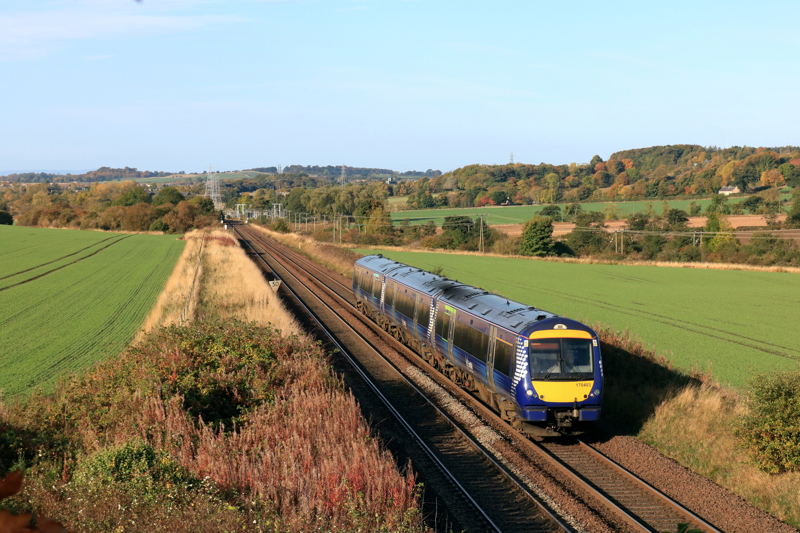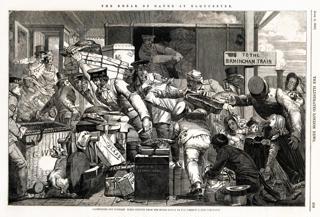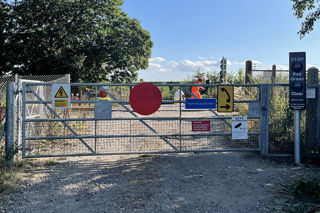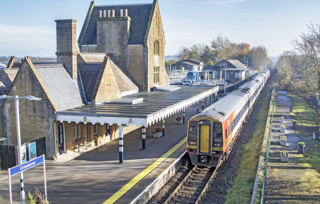
The Scottish government has announced it will scrap peak fares from September 1.
A 12-month trial ran between October 2023 and September 2024, during which demand for rail travel increased by around 6.8%.
Speaking to the Scottish Parliament on May 6 while presenting his party’s Programme for Government for 2025-26, First Minister John Swinney (SNP), said: “Last year, in the face of severe budget pressures, we took the difficult decision, to end the peak fares pilot on our railways.
“But now, given the work that we have done to get Scotland’s finances in a stronger position, and also hearing the calls from commuters, form climate activists and from the business community, I can confirm that from September 1 this year, peak rail fares in Scotland will be scrapped for good.”
During the trial the average saving was 17%, with passengers on routes such as Scotland’s Central belt making bigger savings. Afterwards, the cost of peak-time commuting between Edinburgh and Glasgow rose from £16.20 to £31.40 - a 94% increase.
Speaking last year, Scottish Transport Secretary Fiona Hyslop said a 10% rise in passenger volumes would have been required “for the policy to be self-financing”.
Two surveys carried out by Transport Scotland in 2024 found that 80% of respondents were making more trips by rail, with three-quarters of these suggesting that the primary reason for this was the peak fares removal pilot.
In February Scottish Labour also pledged to scrap peak fares “for good” if it came to power at Holyrood next year, saying the trial “wasn’t really given a fair chance”.
The move has been backed by the ASLEF, RMT and TSSA unions, which described peak fares as a “penalty” on working people.
TSSA’s Scottish Organiser, Gary Kelly, said: “The Scottish government’s own figures from their pilot showed that cancelling peak rail fares led to more people ditching the cars to take the train. They should never have cancelled the pilot at all.”
However, Paul White, Director of Confederation of Passenger Transport Scotland, said the decision appeared to “be based on popularity rather than ensuring the best use of limited funding to help those in lower socio-economic groups, or meet wider government policy objectives”.


















Bean - 28/05/2025 23:28
I actually think that the peak pricing policy should be scrapped nationally. By doing this it should help the railways become used more